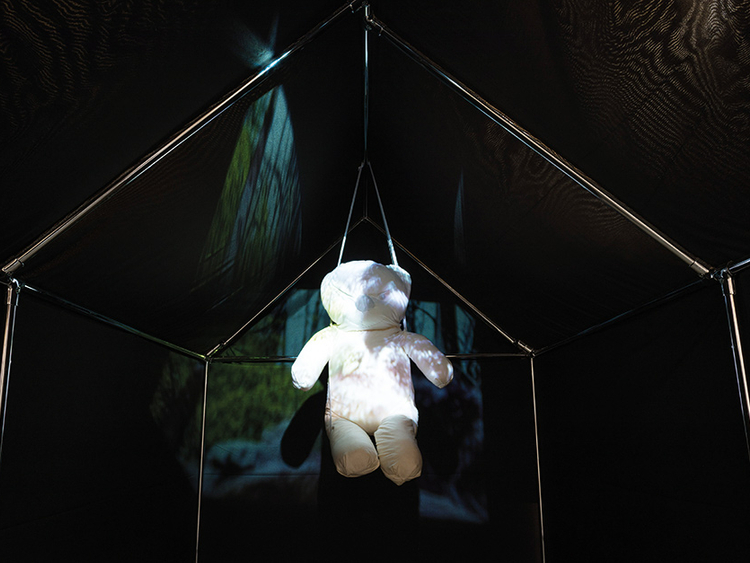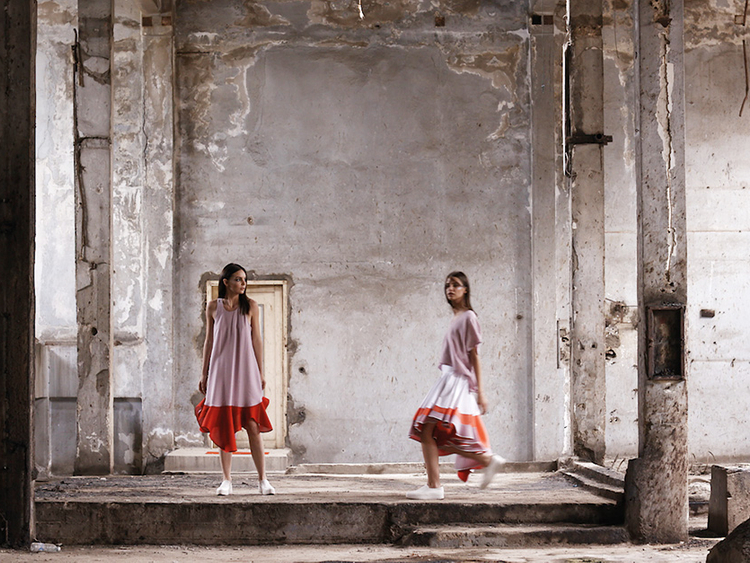The sixth edition of Beirut Design Week pressed reset on global perceptions of the Levantine nation. Nodding to Lebanon’s blustery present as a catalyst for creation and change, the event presented a bridge between the nation’s glorious past and a confident future.
Is Design a Need?
The theme of BDW ’17 took on a poignant resonance in light of the current events unfolding in the Mena region. Offering a platform for the regional creative industries and its audience to question and establish their role in a global dialogue on community, the event that concludes on the May 26 underscored innovation in design and creation as a key barometer of humanity.
What is design really, if not a trail of the very best (and sometimes the worst) of human vision and invention? Be it the Burj Khalifa, the recently restored Sursock Museum in Beirut, an iPhone or a Tesla automobile, design defines its time and people. In times of strife, it becomes a tool for self-expression, solidarity, even escape. At other times, it speaks of the possibilities for a better world. Arguably no one in Lebanon understands the power and contribution of design in the unique context of the country more than Mariana Wehbe. As a power broker in the creative circles of Beirut, her stamp of approval has made many a career and fostered many a creative programme. Here she shares her top picks from Beirut Design Week ’17:
Objeu Collection
Milia Maroun and Leila Pazooki explore the fair’s theme through the context of creativity and motherhood, a shared experience that connects and influences the works of both. Maroun, a fashion designer, and Pazooki, a multi-media artist, challenge our perception of familiar objects and demonstrate unexpected transitions. Exploring emotions of anxiety, separation and closeness through the sensitive relationship between mother and child, a varied use of material, media and theoretical concepts offers nostalgia, pain and optimism that is universal.
Karim Nader & Mira Hayek
Mira Hayek and Karim Nader teamed up for a one-night event on the crossroads of fashion, photography and architecture. Photographer Marcel Rached offered a glimpse of the Immeuble de l’Union building in Sanayeh currently being renovated under Nader’s watchful eye. The images featured an enigmatic woman dressed in a Mira Hayek red organza dress set against the stark contrast of the architectural setting. Sugar Lane factory became a backdrop for the Femme Bonbon collection unveiled via a film directed by Nina Najjar. Exhibited in a 1960s building on Arz Street in Beirut that is home to both Hayek and Nader’s studios, the presentation found beauty in decay.
The SmoGallery Edit
Exploring the movement of boundaries between contemporary art, design and architecture, three disciplines that nurture and shape new design territories, Smogallery in the Karantina district focused on unique works, limited editions and vintage pieces. The contemporary collection featured pieces by artists and designers including Gregory Gatserelia, Eva Szumilas, Anwar Azzi and Richard Yasmine, while the vintage collection presented works by design geniuses Andree Putman and Walter et Moretti.
Handle With Care
Having won the grand prize at the inaugural edition of London Design Biennale ’16 with a live installation that brought the bustling streets of Beirut to Somerset House in London, AKK Architects unveiled an ambitious restoration project in the Lebanese capital. The ground floor of a nineteenth-century mansion on Beirut’s central Rue Gouraud served as an exhibition space for a multi-media presentation that detailed the methodology of the project’s design and renovation plan. Breathing life back into Beirut’s Ottoman past, architect Annabel Karim Kassar spearheads the conservation & restoration works of this 1870s home built for a prominent Lebanese family in the final decades of the Ottoman Empire. Building will begin in April 2017. With Kassar as principal architect, AKK Architects has also commissioned a team of specialists — including architectural restorer Nathalie Chahine, conservator and restorer Aurelia Badde, and Dr Ralph Bodenstein, an expert in architecture, architectural history and art — to work on the two years long restoration project.










